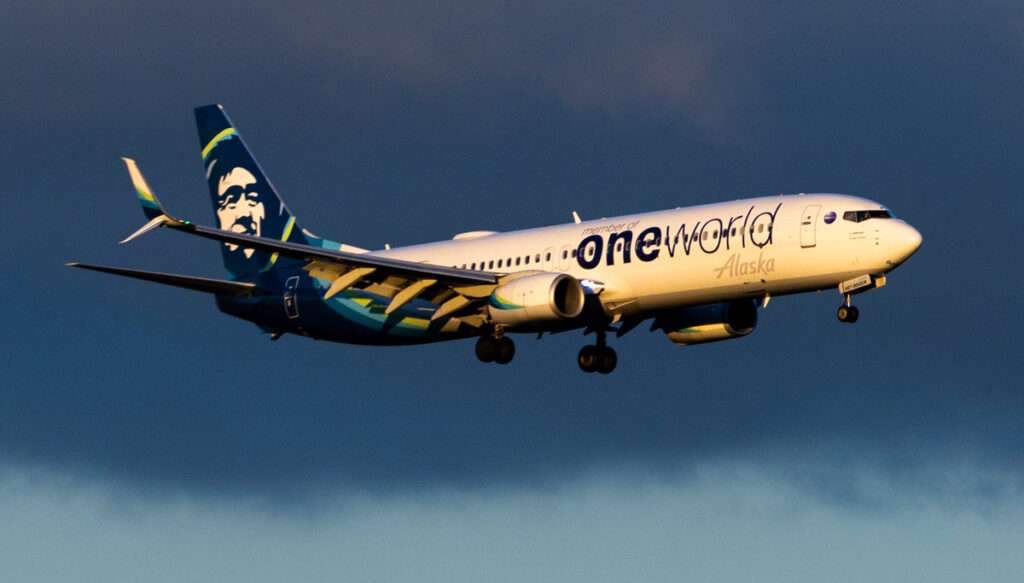Alaska Airlines flights were grounded nationwide for a brief period on Wednesday, 17 April 2024. The airline called for a halt in operations after experiencing a computer issue with its weight and balance calculation system.
This resulted in a Federal Aviation Administration (FAA) ground stop on all Alaska and Horizon Air flights. The nationwide stop began around 7:50 AM Pacific time, with flights starting to be released about an hour later.
Technical Problem Grounds Flights
The specific details surrounding the computer problem remain undisclosed by Alaska Airlines. Several news outlets reported the cause as an IT issue with the carrier’s weight and balance system.
The airline subsequently issued a confirming statement. “This morning we experienced an issue while performing an upgrade to the system that calculates our weight and balance,” it said.
“A ground stop for all Alaska and Horizon flights was instituted at approximately 7.50am PT. We’re working to resolve the issue as quickly as possible.”
“We apologize for the inconvenience and encourage guests to check the status of their flights on alaskaair.com or the Alaska App prior to heading to the airport.”

The FAA ground stop which was enacted at the airline’s request advised of the temporary suspension of mainline and subcarrier flights.
This affected Alaska Airlines and Horizon Air flights, however Skywest flights were excluded from the ground stop.
Aircraft Weight and Balance: Why It Matters
The grounding of Alaska Air flights due to a system problem highlights the critical role aircraft weight and balance plays in flight safety. But what exactly is weight and balance, and why is it so important?
In simple terms, weight and balance refer to the distribution of weight across an airplane. The aircraft’s weight is the total amount it carries, including passengers, cargo, fuel, and the aircraft itself.
The balance refers to how this weight is distributed, focusing on the center of gravity (CG). The CG is a hypothetical point where the entire weight of the aircraft is assumed to be concentrated.
Maintaining a proper CG with the limits specified by the aircraft manufacturer is paramount. An airplane that is loaded with a resultant CG positioned too far forward or aft of the correct range can experience significant controllability issues.

Imagine a seesaw – if all the weight is steadily shifted to one side, it becomes difficult, and then impossible, to balance it. An aircraft with an imbalanced CG is similar.
For this reason, aircraft manufacturers specify strict weight and balance limitations. These limitations outline the maximum weight an aircraft can carry and the acceptable range for the CG location.

Conclusion
Airlines adhere to these limitations through a meticulous weight and balance calculation process before every flight.
This process considers the weight of all passengers, cargo, and fuel, ensuring the CG falls within the safe operating envelope.
The Alaska Airlines IT issue reportedly affected this vital weight and balance calculation system.
A malfunction in this system could result in inaccurate weight or CG calculations, potentially exceeding weight limits or placing the CG outside the safe zone.
Overall, the airline demonstrated its professionalism and responsibility in making the call to enact a temporary operational halt.

Click the banner to subscribe to our weekly newsleter.

Click the photo to join our WhatsApp channel so then you can stay up to date with everything going on in the aviation industry!









